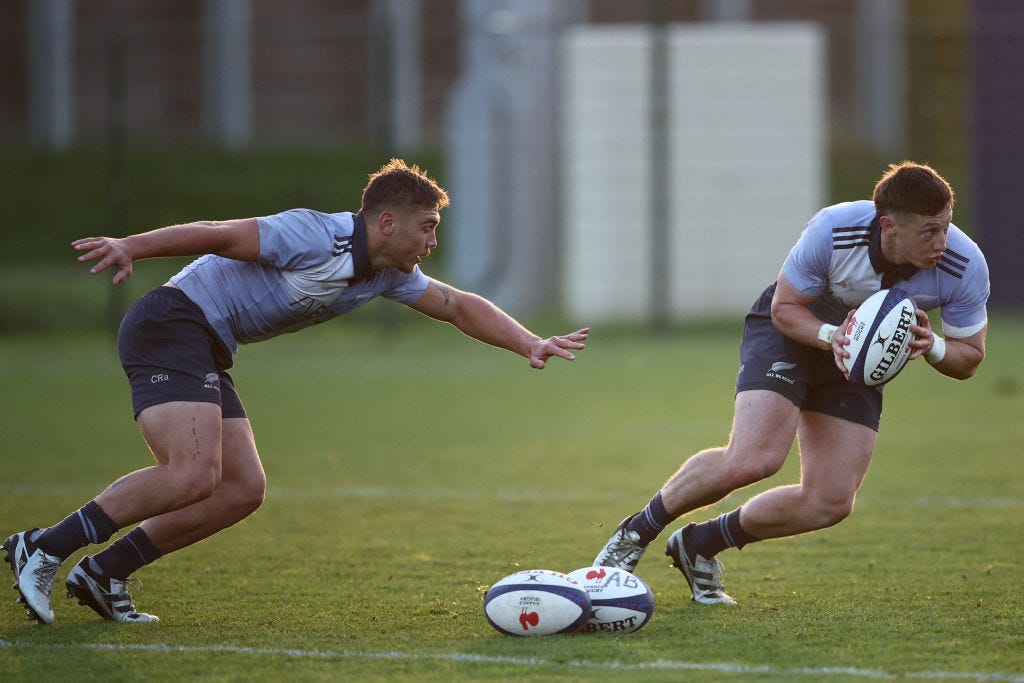Build the walls before you hang the art
ABs lack prettiness, but the foundations are in place, PLUS: Goodbye Southee, hello Smith; the Tyson travesty; and a grim few weeks ahead for high-performance sport.

The commentariat seems to be in accord: a win in Paris and Les All Blacks season will have been a roaring success1.
This is not a bad spot to be in and I might be going against the grain here, but after turning over Ireland and …
Keep reading with a 7-day free trial
Subscribe to The Bounce to keep reading this post and get 7 days of free access to the full post archives.



